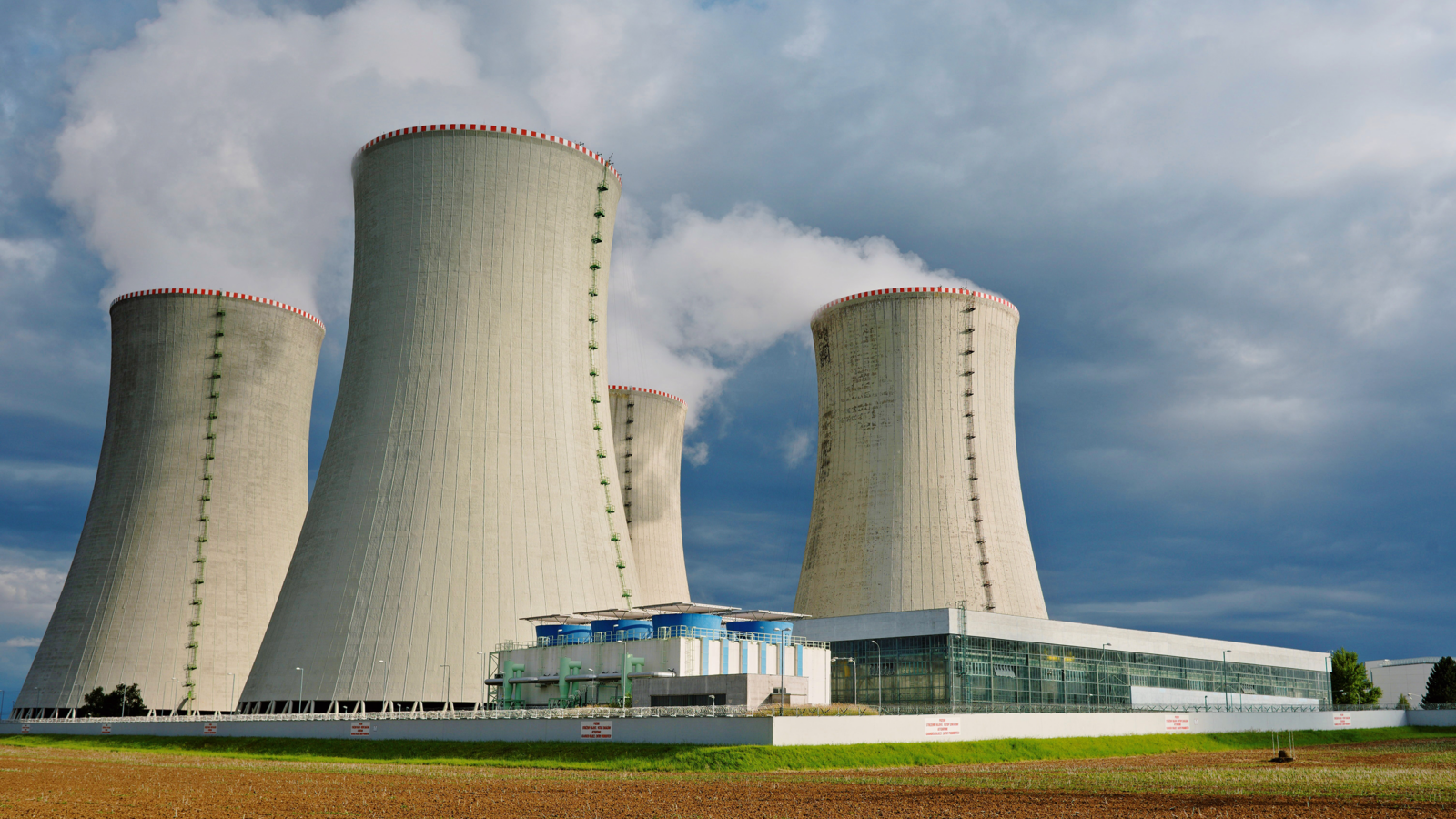
At least three utilities responded so far to the Oklahoma Corporation Commission’s attempt to comply with a new state law requiring a study of possible nuclear energy generation in Oklahoma. One is suggesting consumers be hit with with the CWIP method of making long term payments while nuclear power plants are being built.
Part of the study is to seek public input and among those utilities that responded were Western Farmers Electric Cooperative, Oklahoma Gas and Electric Company and Public Service Company of Oklahoma.
WESTERN FARMERS
In its response, Western Farmers explained it is “heavily reliant on renewable energy” with about 24% of the 2024 portfolio comparised of energy from wind, solar and hydro sources. Its governing Board of Trustees is focused on “cost containment as a priority.” It also supported the Commission’s study of nuclear power, stating, “Nuclear energy is just one piece of energy policy as is fossil, wind, solar, battery, hydro, hydrogen, etc.”
“The advantages of nuclear energy in this state include the potential for low operating costs ($0.03-0.04/kwh) when compared to current fossil generation costs ($0.04-0.06/kwh depending on fuel price) and zero carbon emissions,” explained the cooperative. It also said there would be “disadvantages” including that base load units don’t fit well within the current operations of the energy market.
“The first challenge that needs to be overcome is to develop the next generation of workforce to operate and maintain these units,” declared cooperative in its filing with the Corporation Commission. “Getting state colleges and career tech institutions involved early will be key to success in developing the workforce or partnering with companies that already have nuclear workforces like the U.S. Navy, Tennessee Valley Authority, Entergy, Constellation, etc.”
Western Farmers pointed to another challenge, “The need to ramp up development of partnerships with state higher education institutions and career tech centers to start offering programs related to nuclear generation. This is a challenge as you need to show the students there is somewhwere to go when they graduate.”
Based in Anadarko, Western Farmers Electric suggested that most likely small modular reactions were most likely, should Oklahoma accept the construction of nuclear power projects and they would be located on the east side of the state because of “more available water resources.”
Oklahoma has no existing nuclear energy facilities in the state but Western Farmers pointed out that at least 28 states that can leverage experience with nuclear facilities.
“It is presumed Oklahoma does not have any (or little) expertise within its borders because of the lack of currently existing faciilities.”
OGE
Oklahoma Gas and Electric, in a one and one-half page response, said it had included nuclear generation costs in its recent Integrated Resource Plans as required by the Commission.
It also pointed out that the firm’s own 2024 IRP should the projected capital cost of Small Modular Reactors “to be relatively high compared to other available generation options, and these costs for generation are ultimately borne by OG&E’s customers.”
In conclusion, OGE said it looked forward to demonstrations of safe, robust, and cost-effective new nuclear generation projects and participation of such projects in the company’s future RFPs.
PSO
Public Service Company, in its response to the Commission’s Notice of Inquiry, raised the controversial topic of CWIP or Construction Work in Progress.
While declaring that “Nuclear power is safe,” PSO said that if domestic nuclear generation experiences significant growth over the next 25 years as forecasted, “it represents a significant economic opportunity for the state of Oklahoma.”

PSO noted the construction costs of small modular reactors will be $3 billion to $5 billion including finance costs and contingency. How would such costs be paid by utilities pursuing nuclear energy? PSO suggested CWIP or construction work in progress, the very topic proposed by OG&E in a recent filing to finance its improvements to natural gas powered generating facilities.
“One option is to permit the utility to recover the costs associated with early site development as they are incurred,” suggested PSO. “This would allow the utility to avoid carrying a significant amount of unrecoverable costs on its books for years until the facility goes in service and the utility is allowed to recover the costs.”
With a seven year timeline for construction of a small modular reactor, as noted by PSO, it would mean customers would pay for the construction costs without seeing benefits for the time in question.
“Oklahoma’s policy that allows the recovery for construction work in progress (CWIP) associated with gas facilities could be extended to new nuclear facilities,” further statedPSO in the filing. “As financing costs for such projects are considerable, such policy would significantly reduce project cost and improve the likelihood of property implementation.”
OTHERS
Others responded to the Corporation Commission’s probe into nuclear energy including Occlusion LLC, a firm based in Tulsa.
“We are excited about the opportunity to help make Oklahoma a leader in next-generation nuclear innovation,” wrote Taylor Coye
Director of Government Relations for the company.
“Our company focuses exclusively on underground nuclear
infrastructure, working in par tnership with Deep Fission to support the placement and monitoring of modular subterranean nuclear reactors and with Deep Isolation to advance safe, permanent nuclear waste disposal. Leveraging our expertise in borehole engineering, canister emplacement, and real–time subsurface monitoring, we bring Oklahoma’s deep oil and gas heritage into the nuclear era.”
The filing by Occlusion LLC said the firm specializes in 1-mile-deep borehole reactors and 1 km deep canister placement for spent fuel.

nuclear waste disposal site” (Lymon 2024).”
Nuclear Power Plants in Oklahoma,” said one Oklahoman.
deployment of much cleaner and less costly wind and solar energy.”
PLEASE!!!!!!!!!!!!!!!!!!!!!!!!!!!!!!!!!!!!!!!!!!!!!!!!!!!!!!!!”
Oklahoma is beyond me as a voting tax paying resident I cannot endorse this motion and I will vote against it..” Jennifer Lynn Newby Tulsa.


